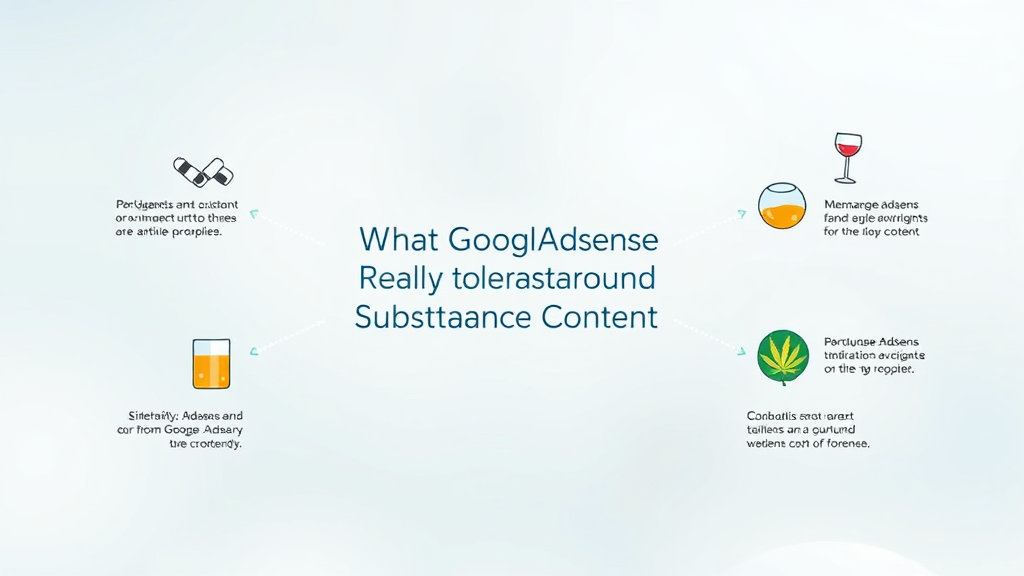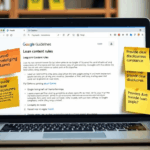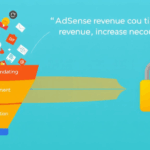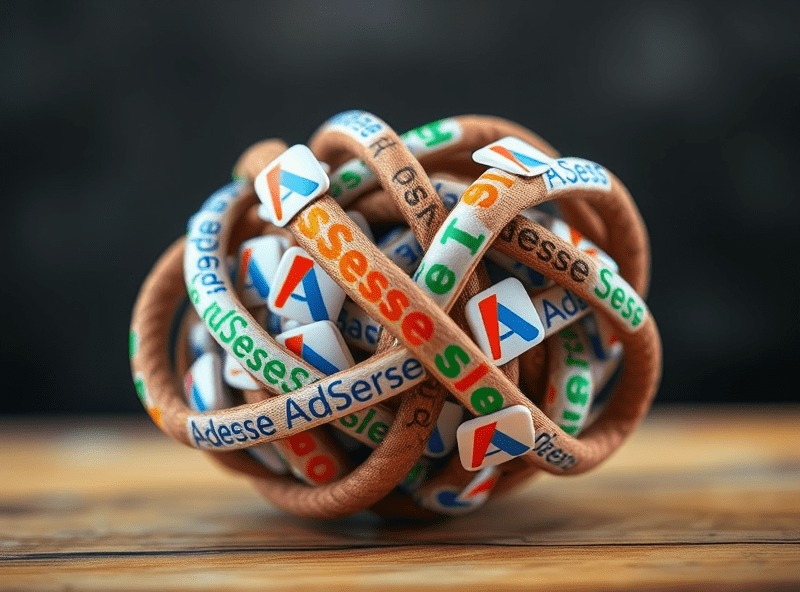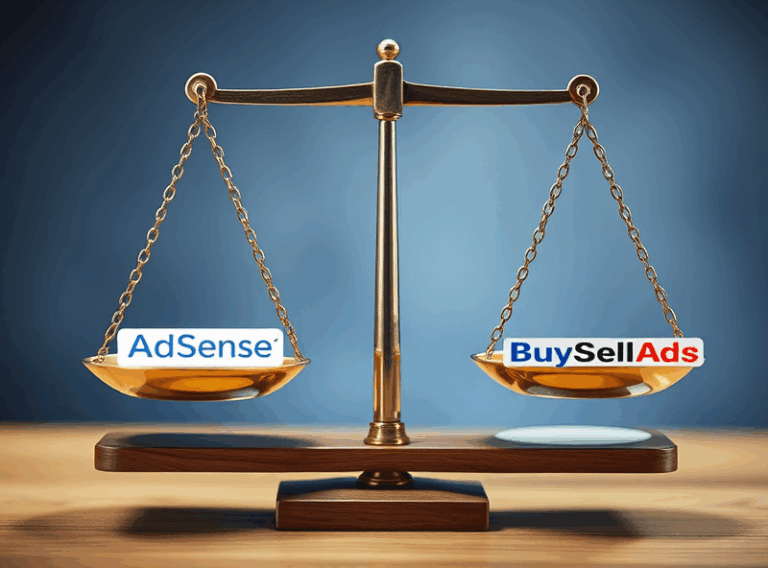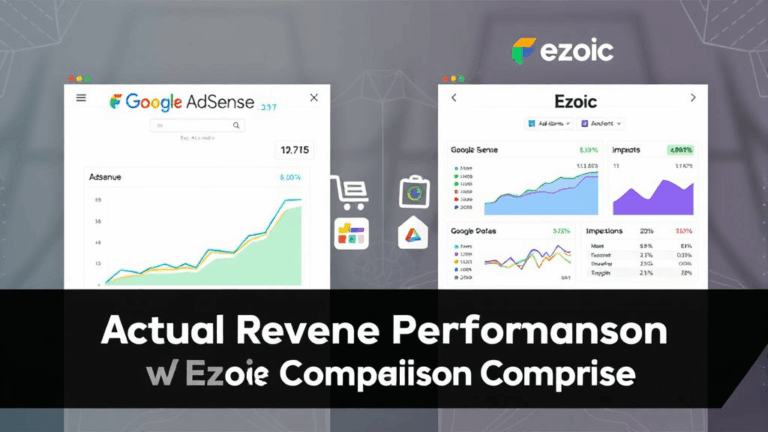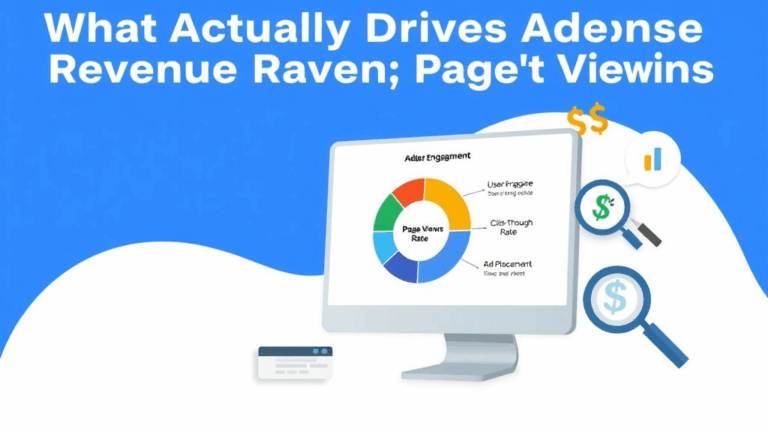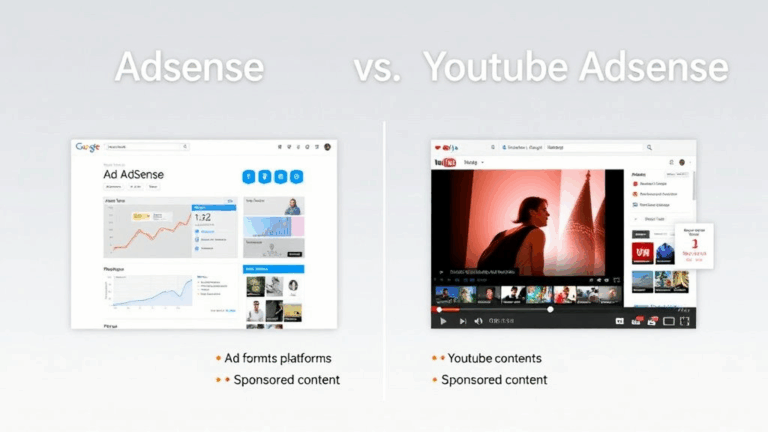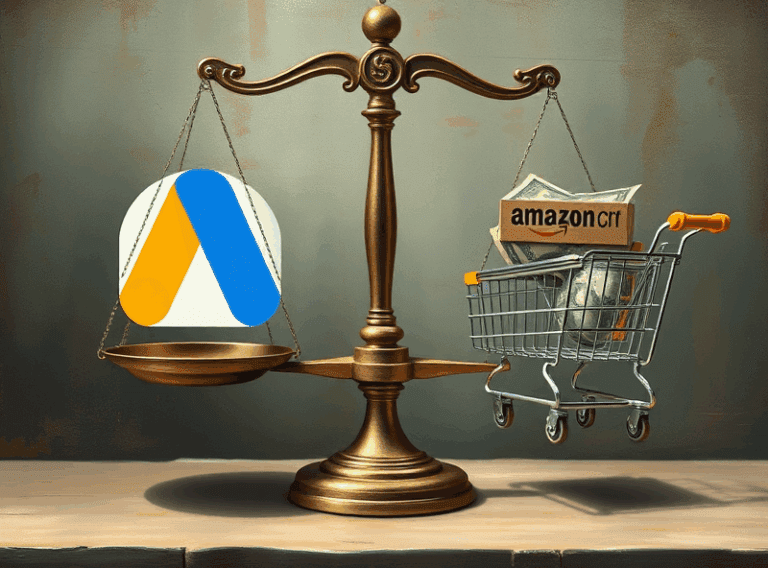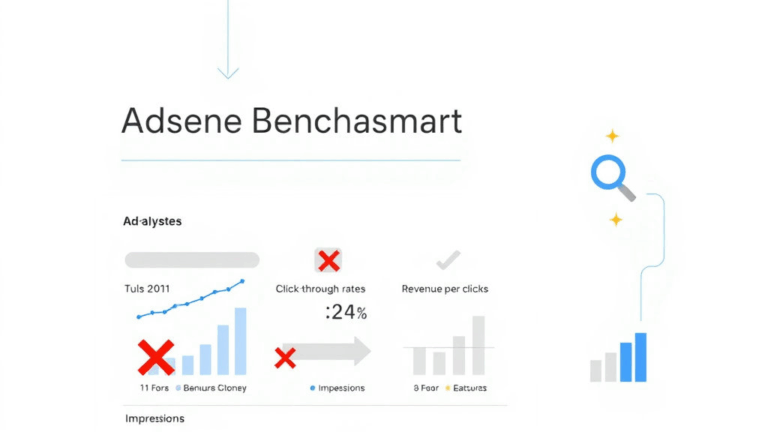What Google AdSense Really Tolerates Around Substance Content
Alcohol Mentions: The Line Between Context and Promotion
There’s a hair-thin distinction between informative mention and promotional content when it comes to alcohol in AdSense. I learned this the fun way when a long-tail blog post about cocktail recipes (intended for SEO experiments) suddenly removed all in-article ad placements. No warning. No email. Just… gone.
Turns out, even if you’re not overtly selling alcohol, a page heavily centered around how to make alcoholic beverages leans into promotion territory. So while you can say something like “wine is often served with pasta,” walking readers through steps to mix a Negroni can trip the policy wire.
One completely undocumented behavior I found: if the page has structured data indicating it’s a recipe—combined with the use of alcohol-related keywords in H1 or meta description—AdSense’s scanning logic seems more aggressive. Axe the ad blocks silently. I only caught it because I was running a stupid redundant UTM split test across two pages, and one got stripped clean without any other layout change.
Aha moment: In one case, replacing the recipe with a guide to serving drinks instead of mixing them brought ads back. Same keywords. Same tone. Just minus the “do this, then that” format. That’s how pedantic their filters are sometimes.
Tobacco’s Zero-Tolerance in Practice
If you even breathe the word “nicotine” in an article, you better not want ads on that page. I’ve tested content about nicotine cessation tools, the history of tobacco manufacturing, and even plain regulatory updates. Every time: limited or no ads. There’s no policy nuance here. It’s more of a brute-force content classification wall.
One particularly maddening case was a post breaking down nicotine patch delivery mechanisms. Entirely educational, cited medical studies, didn’t endorse use. Ads got restricted anyway. Instead of fixing content—which was already as dry as toast—I added a JS-based restore script to load fallback images where the ad slots used to be. Ugly, but at least layout didn’t collapse.
And here’s the kicker: even buried keywords in embedded tweets or quotes can trigger it. I had a quoted reply in a screenshot that said “vape pods” and that alone put the page in yellow-alert mode. Stripped everything but sticky anchors. Google’s crawler actually scans image alt text too, so don’t get cute with your annotations.
Word Choice Tricks for Substance-Adjacent Content
There are surprising lexical blacklists that aren’t fully documented. Based on pattern matches across a few dozen content tests, the following words tend to trip alcohol or tobacco warnings—even when used metaphorically:
- “Buzzed” (on productivity blogs, of all places)
- “Drunken” (as in, drunken style kung fu — yes, seriously)
- “Smoked” (even when describing brisket)
- “Lit” (used in a Gen-Z way or not)
- “Toked” (yes, someone used that in a Bitcoin piece)
What weirded me out more was finding high-performing posts on public PubCenter partner sites (old Blogger domains mostly) still hosting AdSense alongside actual whiskey affiliate links. So enforcement really does vary by how much overall trust or traffic history a domain has. If your site’s under a year old? You’re getting flagged over “IPA” if you’re unlucky.
Medical Content and the Substance Trap
An odd intersection I ran into: addiction recovery blog content. Writing responsibly about rehab or chemical dependency without getting flagged isn’t just difficult—it’s close to black magic. You’d think couching things in clinical language would help, and yet…
Real thing I saw: A page pulling content from a clean CDC feed still got hit with limited ad serving just because it repeated “opioid” seven times. When I rewrote that to use “prescribed narcotics” and “habit-forming drugs” in rotation, ads came trickling back in three days later. No layout changes, no caching issues—just subtle word swaps.
This is one of those spots where Google’s logic isn’t just conservative—it’s wildly erratic. If the Natural Language API decides your paragraph is a sentimentally-leaning recovery story, it might be okay. If it thinks it’s promotional for treatment centers, you’re toast.
There is a dissonance between what the AdSense enforcement models think is “helpful vs harmful” contextual info. It gets especially murky with embedded YouTube videos, where you’re embedding a government PSA but getting penalized because YouTube’s transcript mentions fentanyl three times.
No-Content Pages Still Trigger Policy Flags
This one was absurd enough that I screenshotted it for a presentation: I had a short URL redirect going to a campaign landing page that hadn’t even launched yet. No body text. Just a background image and a beta-mode countdown clock. Still, I got a Policy center warning about restricted content—under “Alcohol related.”
After digging through request headers in browser DevTools, I finally traced it back to a favicon pulled from a CDN-hosted template. That template? Originally bundled with a wine e-commerce starter kit. The favicon included a tiny wine glass in its .ico file (not even visible worth a damn), and Google’s scan hit it anyway. Changing the header to fully overwrite legacy assets fixed it.
Yes, a wine glass in a 16×16 favicon bitmap can nuke your AdSense eligibility.
One edge case I haven’t seen documented: if your site uses OpenGraph previews and the shared image or meta preview mentions alcohol—or has a filename like whiskey-promo.jpg—you’ll sometimes get flanked at the crawler level, especially if you’re iframe-loading social previews. This hit a client site during a January Dry campaign. Because the preview included the word “whiskey” crossed out. I’m not making that up.
Embedded Affiliate Links and Inferred Intent
So this is slippery. You can technically write about whiskey, include Amazon links to glasses, drink stones, whatever—but if your link anchor text or adjacent content makes it seem like you’re directly facilitating the purchase of alcohol, even indirectly, AdSense sometimes treats it like you’re shilling booze.
I once had a page reviewing whiskey stones—a classic Father’s Day lead gen post. Neutral tone, no alcohol links. Still got ad-limited. I actually think the issue wasn’t the text, but the hybrid behavior pattern: the user first hits inbound traffic from a “Best Whiskey Gear” roundup, and AdSense sees that trail via referer headers.
Pulled a random experiment by replacing affiliate links with outgoing Bitly stubs, and the limitation lifted after a cache cycle. Not exactly a reproducible solution, but suggests that AdSense might be smarter about adjacent purchase intent than their policy pages suggest. Or dumber. Hard to tell which.
Policy Center’s Notification Lag is Real
This one consistently costs me at least two late-night debugging spirals per quarter. When you get flagged for a substance-related violation, you might not see it show up in the AdSense Policy Center for several days. I’ve had ads vanish from individual pages and had to wait almost 72 hours before the backend admitted anything was wrong.
If you’re running auto ads, you’re more likely to get delayed reports. Manual ad placements trigger faster responses—probably due to tighter linking between specific ad code and page URLs. But sometimes, it’s not the page in question that caused the bulk issue. One flagged post can domino into context-sensitive themes across your site (e.g., “cocktail” posts suppressing ad delivery on “glassware” pages).
Weirdest one? Temporarily removing the ads.txt file while debugging actually caused the entire policy notification section to glitch out. It went blank. Needed to re-add the file, purge crawl cache in Search Console, wait a day, and only then did the violation show back up. There’s no doc about this behavior. I only figured it out by accident while trying to replicate ad unit snippets on staging.
How Cloudflare’s Caching Pulled Me Into False Positives
Caching layers hide sins — and not necessarily your own. In one very cursed month, I got flagged for multiple AdSense violations and could not, for the life of me, find the risky content it was referring to. Pages looked clean. HTML source audited. No prohibited terms. But during a screen share with someone else (in a different region), they still saw the older version of the page with a questionable headline about “DIY cocktail pairings.”
Turns out Cloudflare’s CDN edge had been silently caching old page variants because I hadn’t properly purged edge content after a site-wide template shuffle. Even worse: AdSense’s crawler had hit the same stale edge copy. That’s what it evaluated. Not what my CMS now served internally, not my origin. The damn cache ghosted me.
Here’s what I changed:
- Set Edge Cache TTL to 0 during content reviews
- Added
Cache-Control: no-cachewhere ad units load - Started using site-specific User-Agent detection to show barebones templates to crawlers
- Integrated a purge queue script triggered via cron to expire Cloudflare assets if ad_status changed in logs
- Implemented heuristic snapshot comparison of “what humans see vs what crawlers get” using Puppeteer
Not a perfect fix, but it at least kept me from yelling at an unlabeled policy warning all week thinking I was hallucinating hidden content or bad markup.
